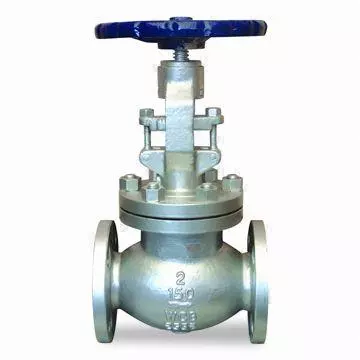Valves used for adding reagent system in waterworks
The characteristics of the adding reagent system determine that the
valve it used has a small diameter and a low flow rate, but high requirement of flow regulation, high accuracy requirement, and fast adjustment speed. Therefore, a flow control valve is usually selected, which makes the medium flow capacity only depending on the structure of the
valve itself. In this case, the flow regulation can be done once and for all. In addition, the media in the pipeline of the dosing system are solutions such as ammonium sulfate and sodium hypochlorite, which requires the valve to have corrosion resistance. Moreover, a ball
valve is also used as a switching valve or a counterbalance
valve, and the like in adding reagent system.
Selection steps of valve
1. Determine the technological requirements, that is, determine the pressure and flow in the pipeline.
2. Select the type of valve according to the diameter of the pipeline and the working conditions.
3. Select the valve based on the above technological parameters. Meanwhile, decide to add the extension pipe or not considering the installation position of the valve.
4. According to the transmission type, the transmission mechanism is selected. The butterfly
valve of the water plant is mainly a multi-turn rotary gear, and the
gate valve is a straight-stroke transmission mechanism.
5. Determine the control mode. For the pneumatic control system, we should select the air cylinder and the matching transmission mechanism, and for the electronic control system, we select the electric actuator. The selection of electric actuator is in accordance with the whole stroke time required by the valve, the torque of the valve and other parameters, determining the speed ratio and output torque of the transmission mechanism, the type of interface, and determining the revolving speed and power of the motor.
6. Put level of protection of the actuator and the communication method into consideration, and then decide to use other configurations such as thyristor or not.
With the improvement of the level of automation, the requirements of the water plant for
valves are getting higher and higher, more and more, but in any case, the conventional selection is generally within the scope of this article. The primary
valves are mentioned in this article. Of course, the water plant also uses exhaust valves, solenoid valves, etc., which will not be introduced in detail here.

